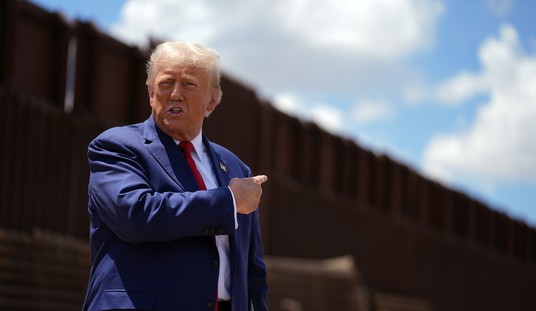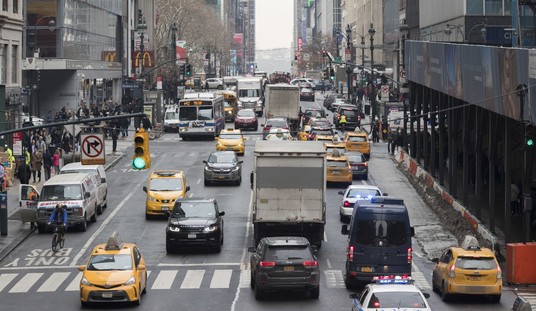Reason TV’s latest video starts off with a gut-busting claim from one of my favorite actors, Kevin Spacey, on how Abraham Lincoln relied on the arts to “replenish his soul,” which Nick Gillespie points out somehow glosses over the fact that Lincoln was assassinated by an actor while attending a theater performance. Whether Lincoln craved the arts is one question, but it has little to do with the question of whether taxpayers should fund the arts through public financing. After the initial spit-take opening, Reason TV and Nick walk through three common sense reasons why taxpayers should stay out of the art business:
1. Publicly financed art is easily censored art. Last December, the National Portrait Gallery almost immediately pulled a four-minute video called “A Fire in My Belly” after complaints from the Catholic League and politicians such as Rep. Eric Cantor (R-Va.) and House Speaker John Boehner (R-Ohio), who objected to images of ants crawling over a crucifix. It’s hard to imagine a private museum so quickly and cravenly pulling an offending piece. But when the taxpayer is footing the bill, the most easily aggrieved among us yields a thug’s veto. Indeed, in February, scandalized Rep. Anthony Weiner (D-NY) even called for getting rid of a 1922 statue in New York City due to what he says is its sexist portrayal of women.
2. We’re broke. Advocates of public funding for the arts routinely argue that the budget of groups such as the National Endowment for the Arts comes to just pennies per citizen and the cost of just one Pentagon bomber is comparatively huge. But government at every level is flat broke, so it’s all money we don’t have. Defense spending, which has jacked up by over 70 percent in inflation-adjusted dollars since 2001, should be cut drastically. But that doesn’t mean smaller items should get a pass or that taxpayers should pony up for another season of Dr. Who reruns on PBS.
3. It’s unnecessary.NEA head Rocco Landesman has defended grants to groups such as the San Francisco Mime Troupe on the grounds that it is a world-famous outfit that has contributed mightily to the stage. Which is another way of saying it should have little to no trouble finding private patrons to help it out. Americans give around $13 billion a year in private donations to the arts. That’s a lot of money and if it’s not enough to fund every request, groups such as the San Francisco Mime Troupe will just have to figure out how to better work the crowd.
All of these are good reasons, but there is a fourth. There is no jurisdiction in which Congress has authority to finance art exhibitions. Congress can certainly purchase art for federal buildings and land, although I’d apply all three rules in that case as well. But there is not a single word in the Constitution that even implies that Congress or the executive branch has the authority to subsidize artists, whether that be Norman Rockwell or Robert Mapplethorpe.
I’d take a little exception to the notion of “thug’s veto” in the case of A Fire in My Belly, and of “censored art” in the context of debating public financing. A “thug’s veto” refers to the curtailing of free expression through intimidation. No one suggested that the display in question should be destroyed or banned; rather, taxpayers refused to play the role of patron by funding its exhibition. If artists don’t like the consequences of having taxpayers as patrons, then they shouldn’t suck at the public teat in the first place. Nick’s argument cedes the notion that taxpayer dollars are necessary for freedom of expression, which is exactly what he opposes.
Artists who seek public financing don’t worry about freedom of expression — they oppose the freedom to fail as artists. They don’t like it, and so they want taxpayers to act as patrons, while demanding that they don’t exercise the traditional role of patrons in discriminating between good and bad art. Not only are we too broke to provide welfare for artists who can’t hack it on their own talents, all it does is encourage bad art to flourish by eliminating the feedback loop.








Join the conversation as a VIP Member